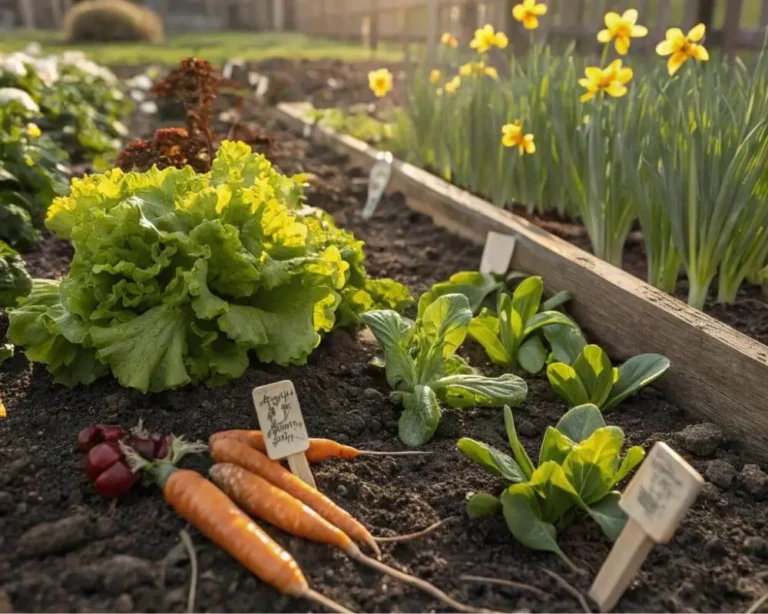March is here, and with it comes the promise of new beginnings for your garden. If you’re wondering what vegetables to plant in March to kickstart a thriving garden, you’re in the right place! Whether you’re a seasoned gardener or a newbie, this time of year offers plenty of opportunities to grow fresh, delicious produce. But here’s the thing: not all vegetables are ready to brave the chilly temperatures of early spring. So, how do you know which ones will thrive when planted now?
Table of Contents
Choosing the Right Vegetables to Plant in March
Alright, let’s talk about getting your garden ready for March. You’re probably asking yourself, What vegetables should I plant in March that will actually grow? After all, not every veggie is going to love the cool, unpredictable temperatures of early spring. But don’t worry—there’s plenty you can do to set yourself up for success this month.
Know Your Climate: Not All Vegetables Are Created Equal
Before diving in, let’s take a quick reality check. March is a tricky month—especially if you’re still dealing with frosty mornings or fluctuating temperatures. Some vegetables just won’t cut it in these conditions. So how do you choose which vegetables to plant in March?
Here’s a good rule of thumb:
- Cool-season crops are your best bet. These hardy vegetables thrive in cooler temperatures and will be happy with a little chill in the air.
- Warm-season crops, on the other hand, are more like fair-weather friends—they need the sun to shine before they start working their magic. Save them for later in the season when things warm up.
Top Vegetables to Plant in March
If you’re ready to get your hands dirty, these are the best vegetables to plant in March that will thrive, even when the weather’s still a little unpredictable.
Peas:
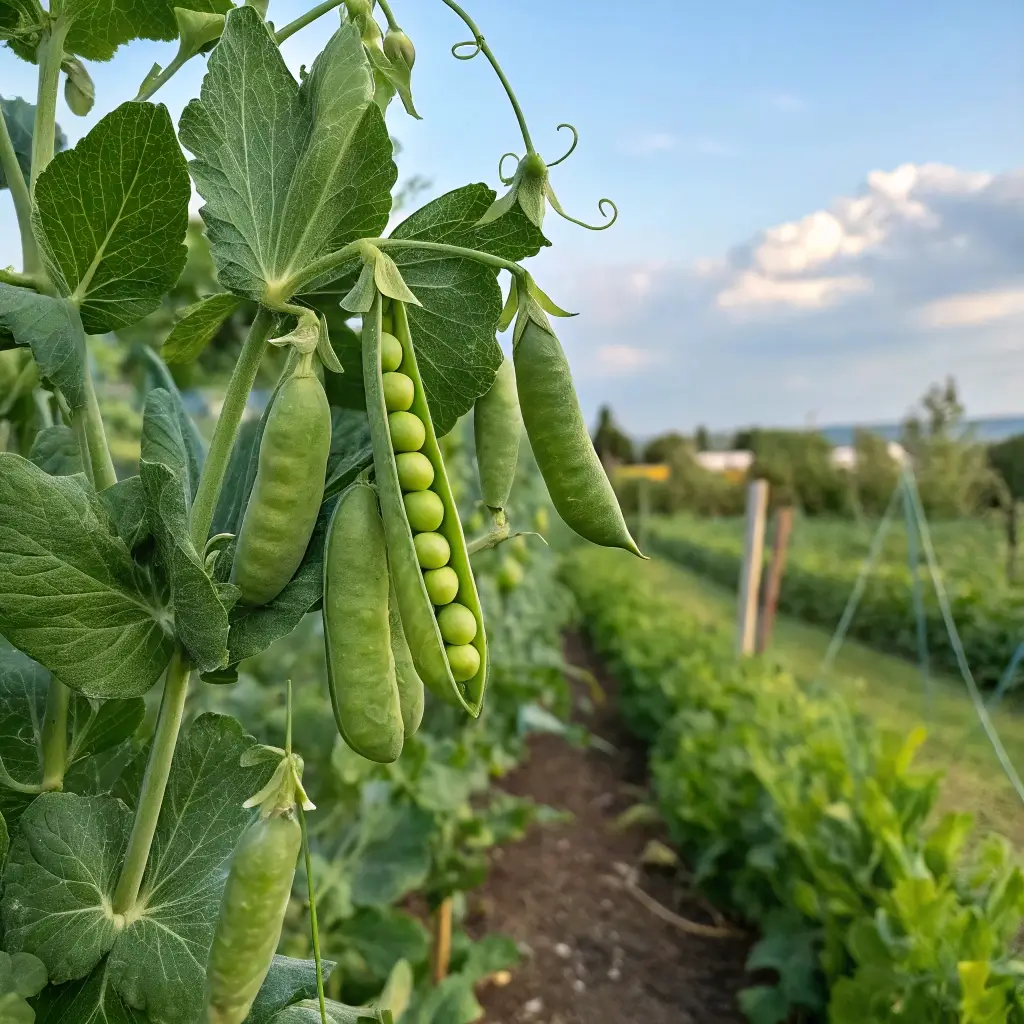
They’re like the rockstars of early spring. These little green gems love the cold and will grow happily in the ground before the frost fully lets go of its grip. Plant them now, and you’ll be rewarded with a bounty of fresh, crunchy peas by early summer.
Carrots:
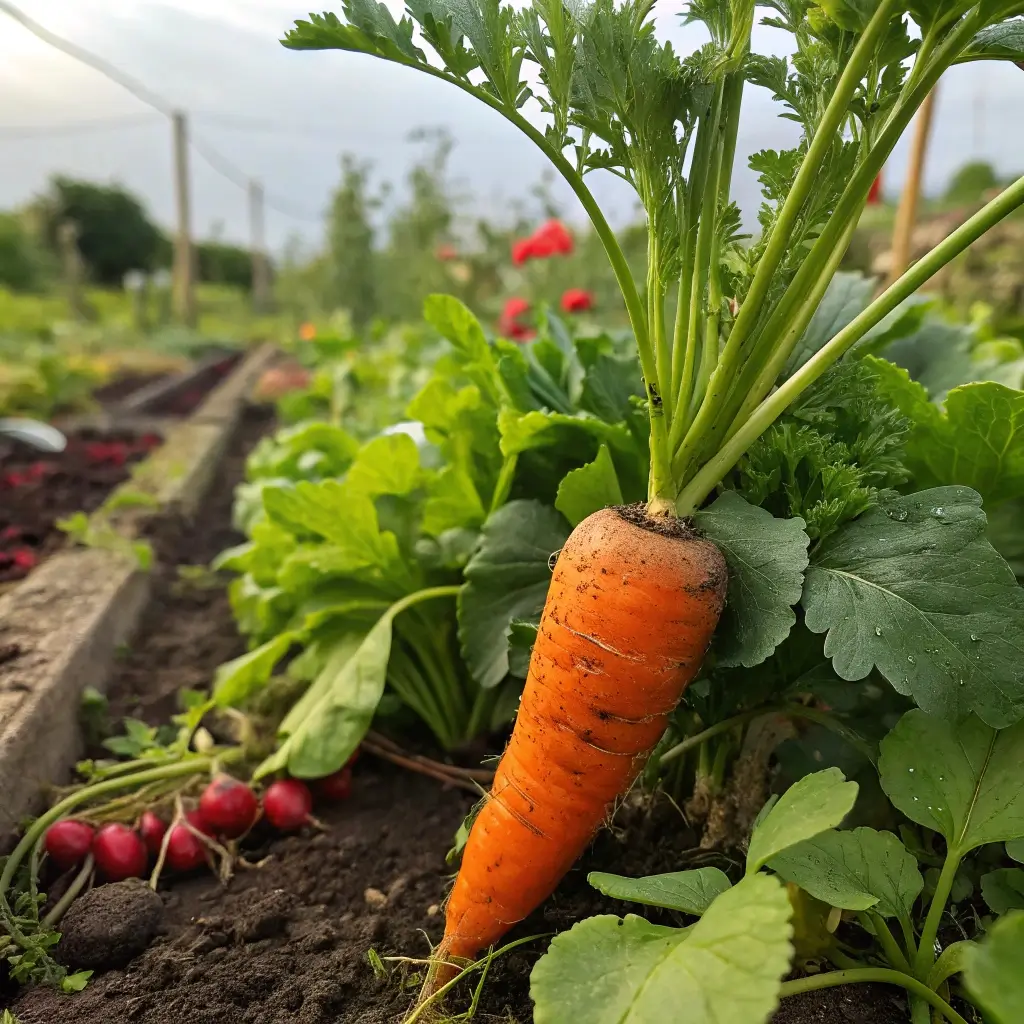
Carrots love a good, cold start. They’re tough little guys that can handle the cool temperatures of March and will grow deep into the soil—sweet, crisp, and ready to munch on by late spring.
Spinach & Lettuce:

These are your fast-growing friends. Throw them in the soil, and in just a few weeks, you’ll be snacking on fresh greens. Lettuce and spinach thrive in the cooler temperatures of early spring, making them ideal choices for vegetables to plant in March.
Radishes:

If you’ve never tried growing radishes, March is the perfect time to start. These little guys practically grow themselves! They sprout quickly and are ready to harvest in just a few weeks. They’re also great at breaking up compacted soil—talk about multitasking!
Kale:
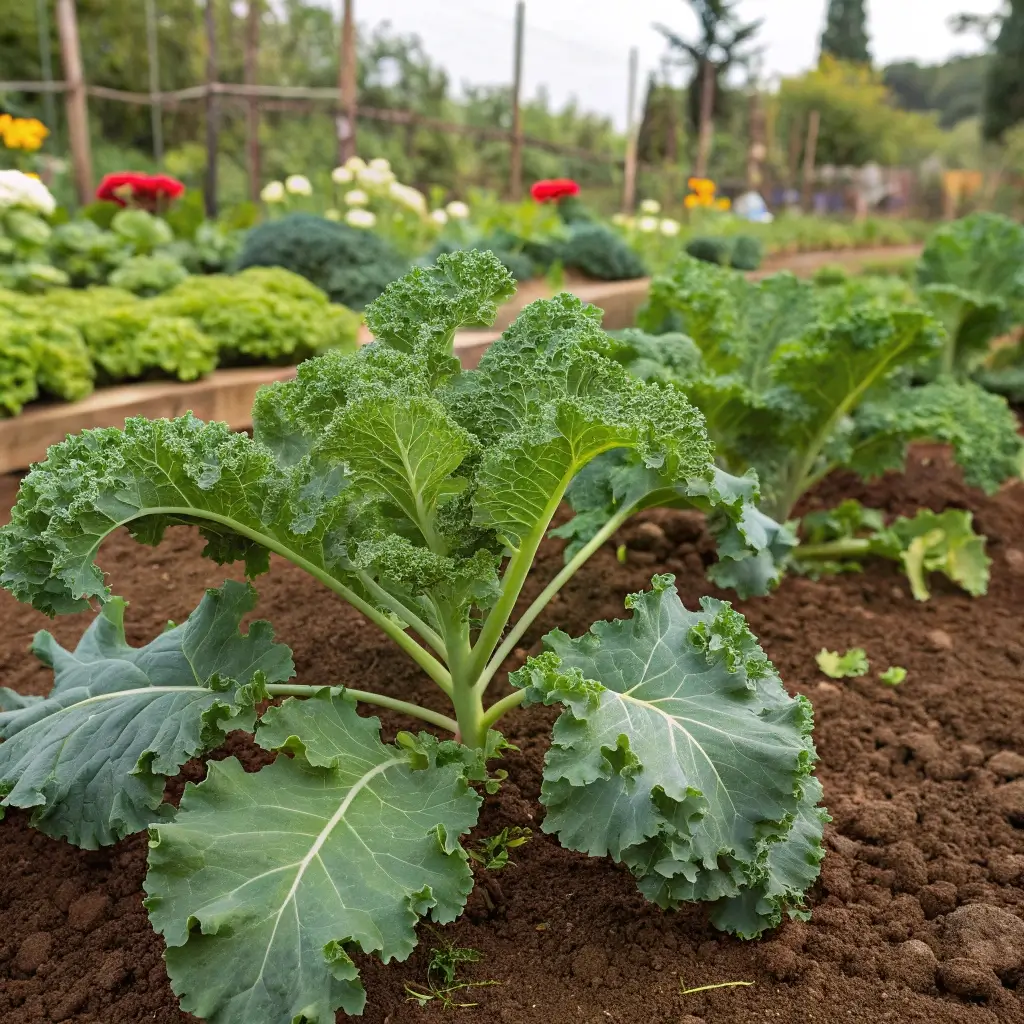
This hardy green is another favorite for March planting. Kale can handle the chill of early spring and actually tastes better once the weather cools. It’s perfect for salads, smoothies, or cooking up into delicious dishes all season long.
Beets:
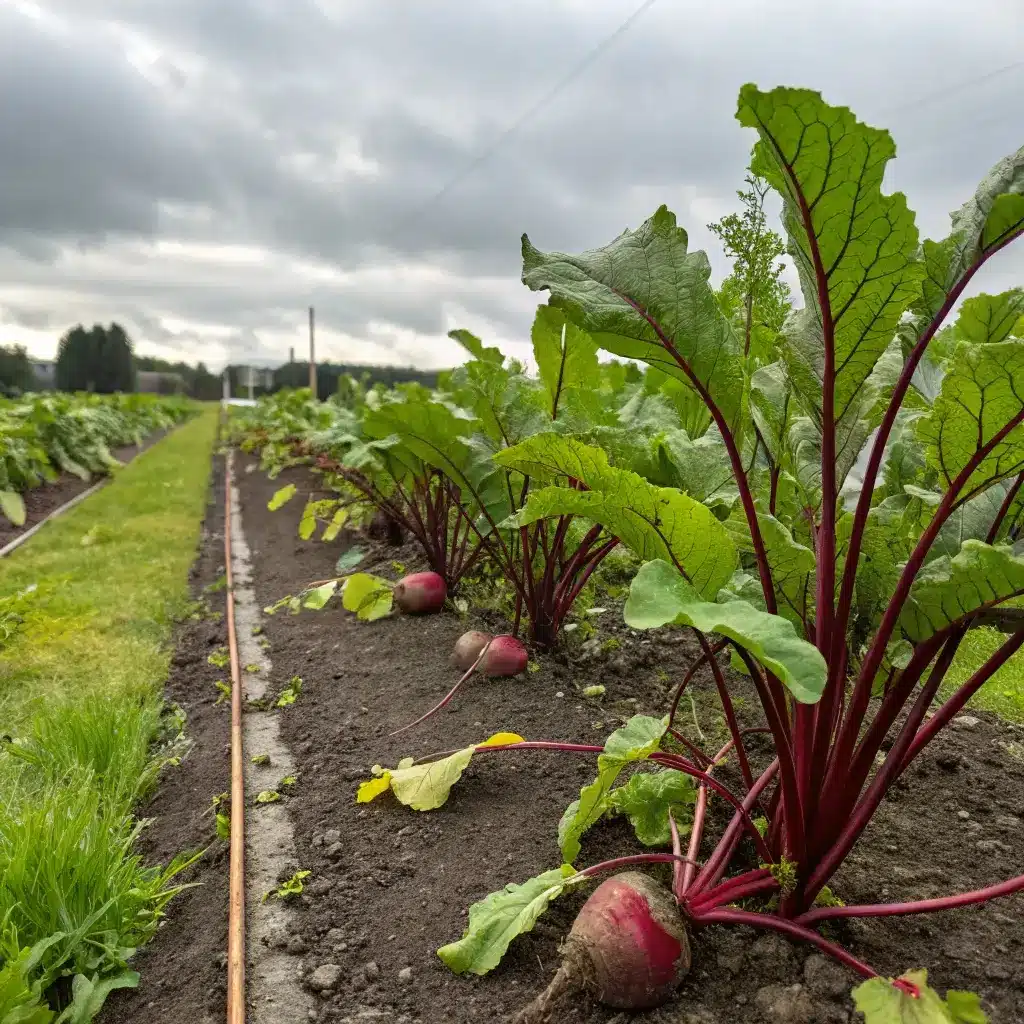
Beets love the cool weather and will thrive if planted in March. They’re pretty easy to grow and will give you delicious roots as well as leafy greens, which are great for salads or sautéing. Plus, they can be harvested in stages—leaving you with fresh beets for weeks.
Vegetables to Start Indoors for a Head Start
March is a great time to start thinking ahead. While the weather outside might still be a little finicky, there’s no reason you can’t get a jump start on some of your favorite veggies indoors. Vegetables to plant in March don’t just mean what you put directly in the ground; there’s a whole bunch you can start indoors to get ahead of the game. Why wait for the sun to show up when you can give your plants a warm, cozy start right at home?
Why Start Indoors?
You might be wondering, Why bother starting indoors at all? Well, here’s the thing: Some veggies need more time to grow and mature than others. By getting them started indoors, you’re giving them a head start, so when the weather warms up, they’re ready to move outside and flourish. Starting seeds indoors also allows you to have more control over their environment—think of it like sending your plants to a plant spa.
The Best Vegetables to Start Indoors in March
Here’s a list of vegetables to plant in March indoors. These crops need a little extra time to grow, and starting them inside will ensure they’re big and strong when it’s time to transplant them outdoors.
Tomatoes:
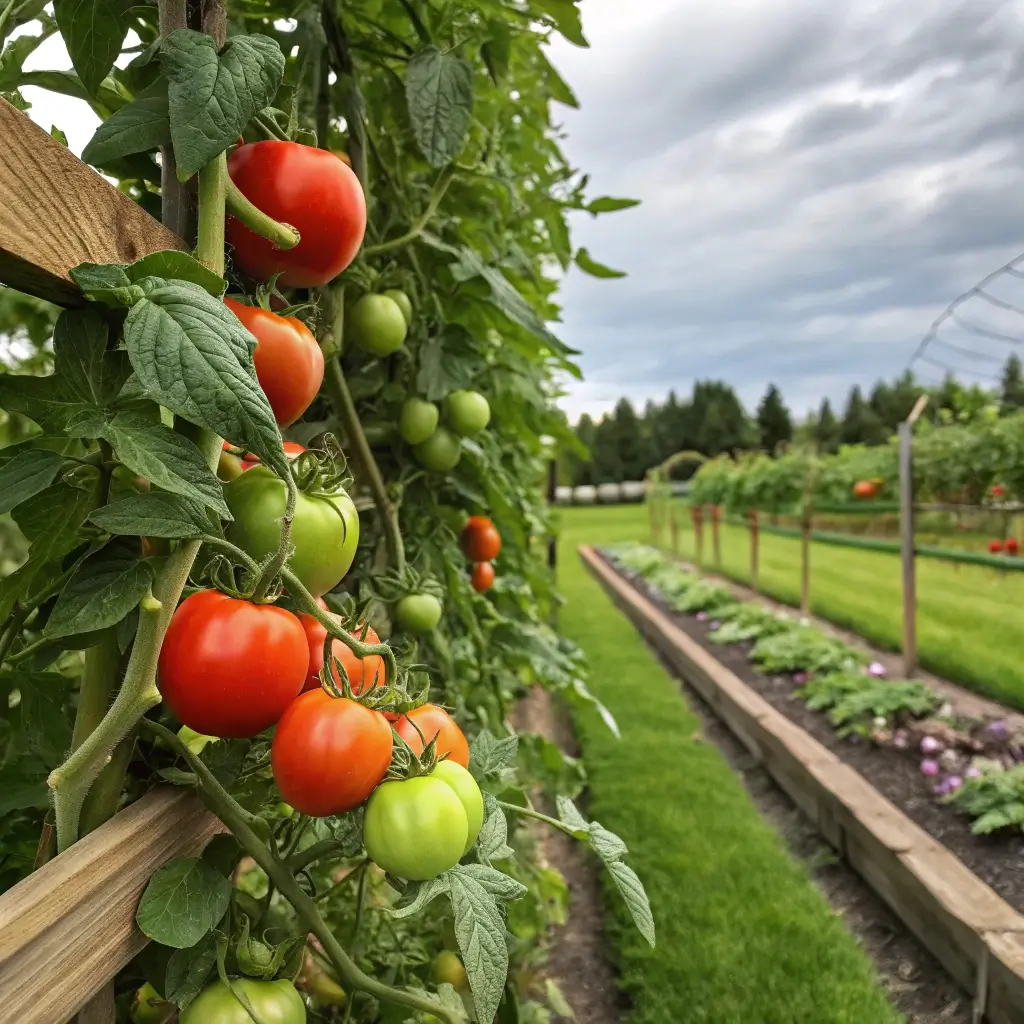
Ah, tomatoes—the sun-loving superstars of summer. While they won’t be happy in cold March soil, you can start them indoors to get ahead of the season. By the time the temperatures rise, your little tomato plants will be strong enough to handle the heat and produce a bounty of juicy fruit.
Peppers:
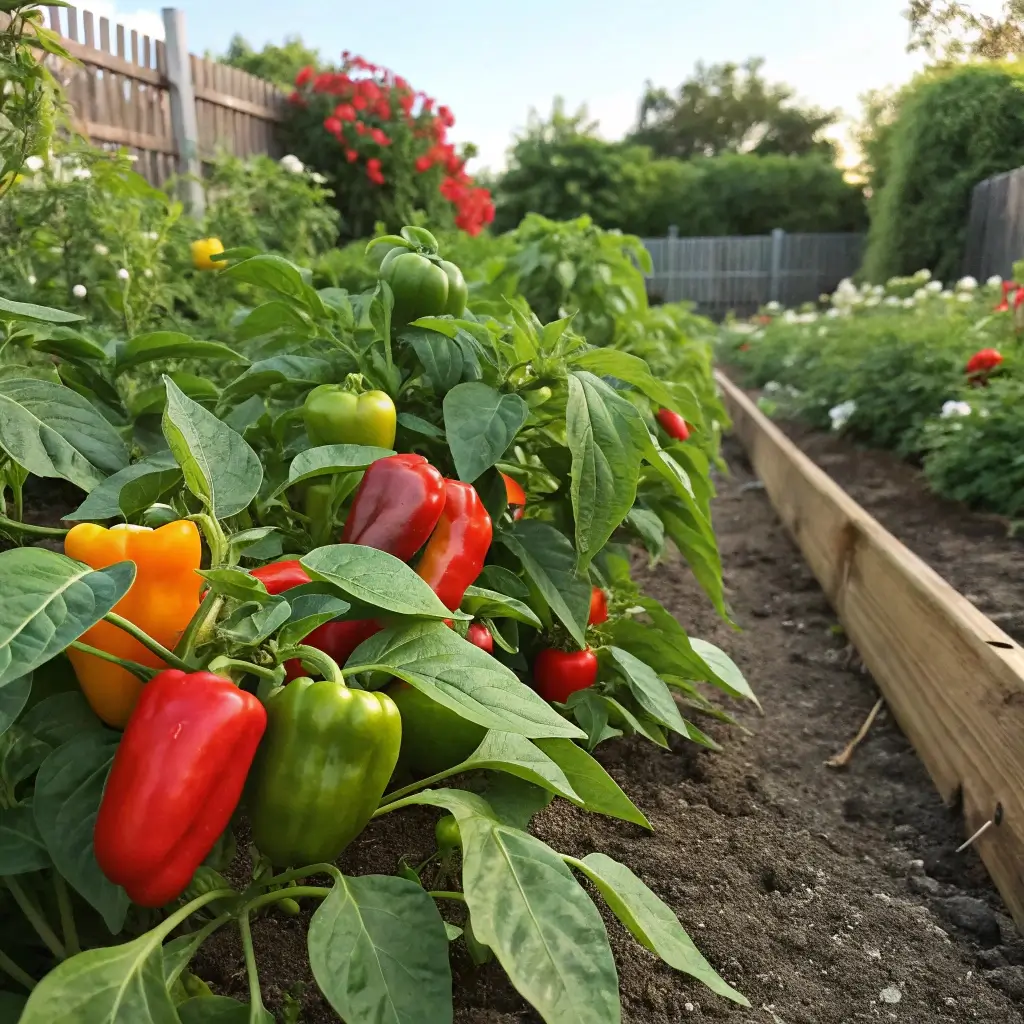
Whether you’re a fan of spicy jalapeños or sweet bell peppers, these beauties need a little extra warmth to get growing. Starting them indoors in March ensures that when the outdoor weather finally cooperates, they’ll be ready to thrive in your garden.
Broccoli & Cauliflower:

These cool-season veggies are a little more patient and need a longer growing season. Starting them indoors in March gives them the time they need to grow big and strong before transplanting them outside once the weather settles.
Herbs (Basil, Parsley, and More):
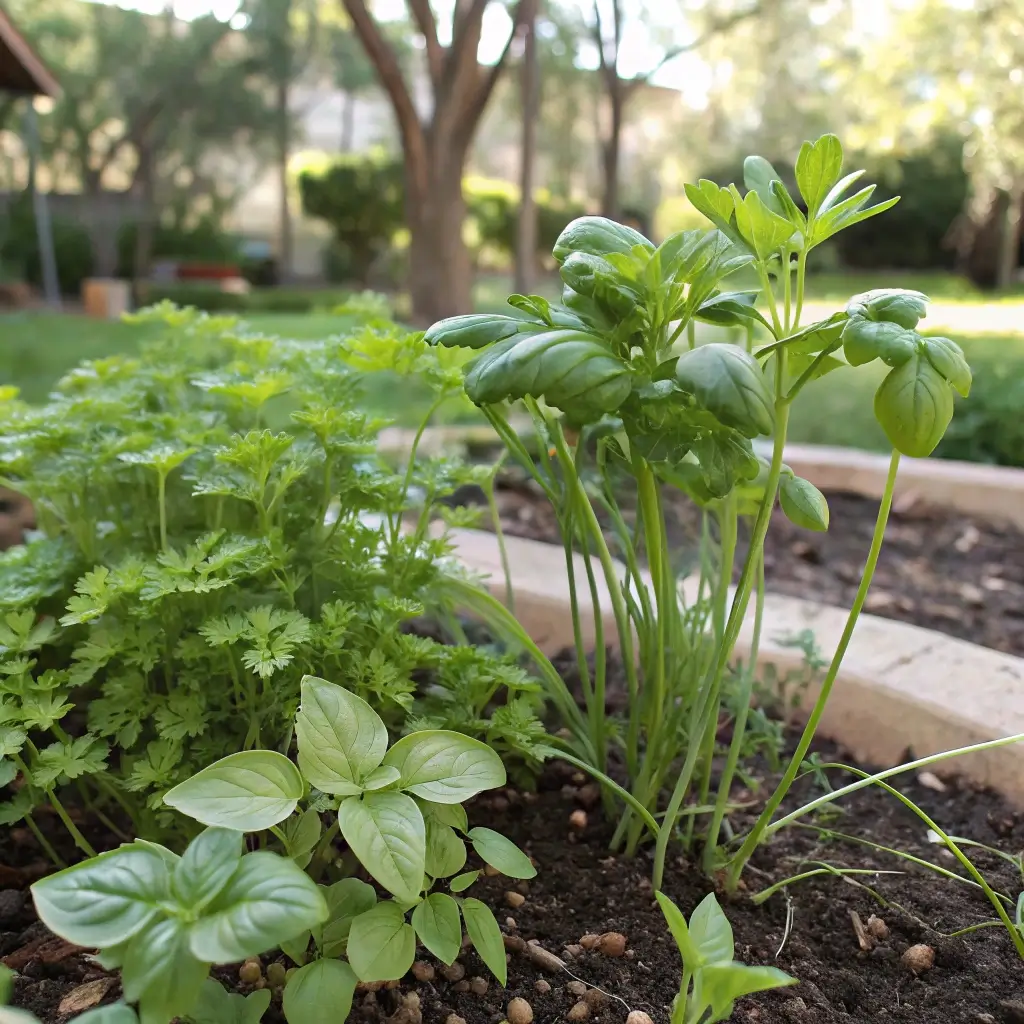
Herbs are the kitchen superstars. Starting basil, parsley, or other herbs indoors in March means you’ll have fresh seasonings at your fingertips all spring and summer long. And since herbs thrive in containers, they’re perfect for indoor gardening.
How to Get the Best Results When Starting Indoors
Now, you might be thinking, Okay, so I’ve got my plants started indoors. What’s next? Great question! Here’s how to ensure your seedlings stay happy and healthy before making the big move outside:
- Give them light: Most seedlings need around 12-16 hours of light a day. If you don’t have the sunniest window, consider using grow lights. Your seedlings will thank you.
- Keep the temperature right: Most seedlings prefer a warm environment. Aim for around 65-75°F for best results. Make sure your seedlings aren’t too cold, or they’ll get sluggish and slow to grow.
- Water carefully: You don’t want to drown your little guys, but you also don’t want them to dry out. Keep the soil consistently moist but not soggy. A light misting can help maintain that perfect balance.
- Harden them off: Before you transplant your seedlings outside, it’s crucial to “harden them off.” This means gradually exposing them to outdoor conditions. A few hours outside each day for a week will toughen them up and prevent shock when you plant them in the garden.
Starting your vegetables to plant in March indoors is a little extra effort, but it’s totally worth it. You’ll get a jump on the season and be one step ahead of the game—your garden will thank you later when it’s overflowing with healthy, happy plants. Ready to start your indoor garden? Let’s do this!
Conclusion: Let’s Wrap Up Your March Garden Plan!
Alright, now you’ve got everything you need to start planting your vegetables in March. Whether you’re getting your hands dirty outside or starting your seeds indoors, it’s all about setting yourself up for success. With the right prep, a little patience, and some care, you’ll be well on your way to growing a thriving garden.
March may be a bit unpredictable, but that’s the beauty of it—if you time it right, you’ll be ahead of the game. From picking the best veggies to plant in March to preparing your soil and protecting your plants, you’re ready to tackle the season. So why wait? Grab your tools, dig in, and let’s make this gardening season a successful one.
Happy planting!
Frequently Asked Questions :
What vegetables can I plant in March?
In March, plant cool-season vegetables like spinach, lettuce, kale, peas, and radishes. For an early start, try indoor seeds of tomatoes, peppers, basil, and parsley before the weather warms up.
How do I start vegetables indoors in March?
To start vegetables indoors, pick seeds that need a longer growing season. Use seed trays or small pots with good drainage, and place them in a sunny spot or under grow lights. Keep the soil moist but not soggy. Once the seedlings are strong, harden them off before transplanting outdoors.
What’s the best way to prepare soil for planting in March?
Start by removing any debris from last season, then loosen the soil with a garden fork or tiller. Add organic matter like compost or well-rotted manure to enrich the soil, and check the pH to ensure it’s ideal for your plants. Make sure the soil is warm enough before planting—use row covers or plastic to help with that if needed.
Can I plant vegetables directly in the ground in March?
Yes, many cool-season vegetables like peas, radishes, and lettuce can be planted directly in the ground in March, especially if the soil temperature is above 50°F. Just make sure to protect your plants with row covers if frost is still a risk.
How do I protect my March-planted vegetables from cold weather?
March weather can be unpredictable, so use row covers to protect your plants from frost and keep the soil warmer. Mulching can also help insulate the soil, and if frost is forecast, cover your plants with a sheet or tarp for extra protection during the night.

